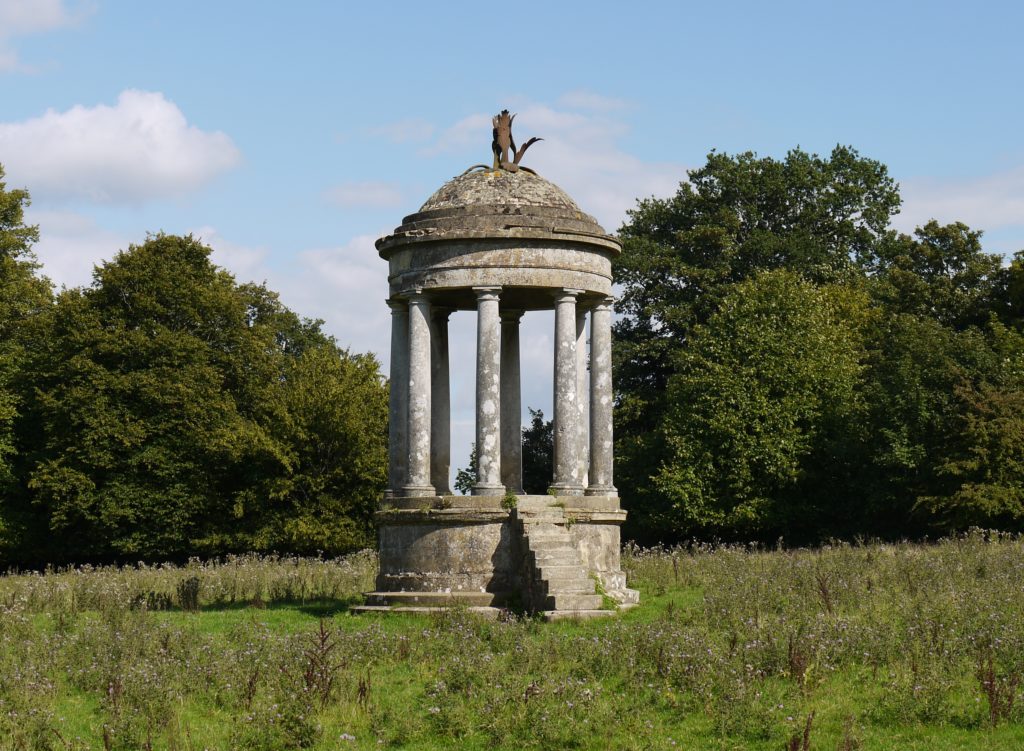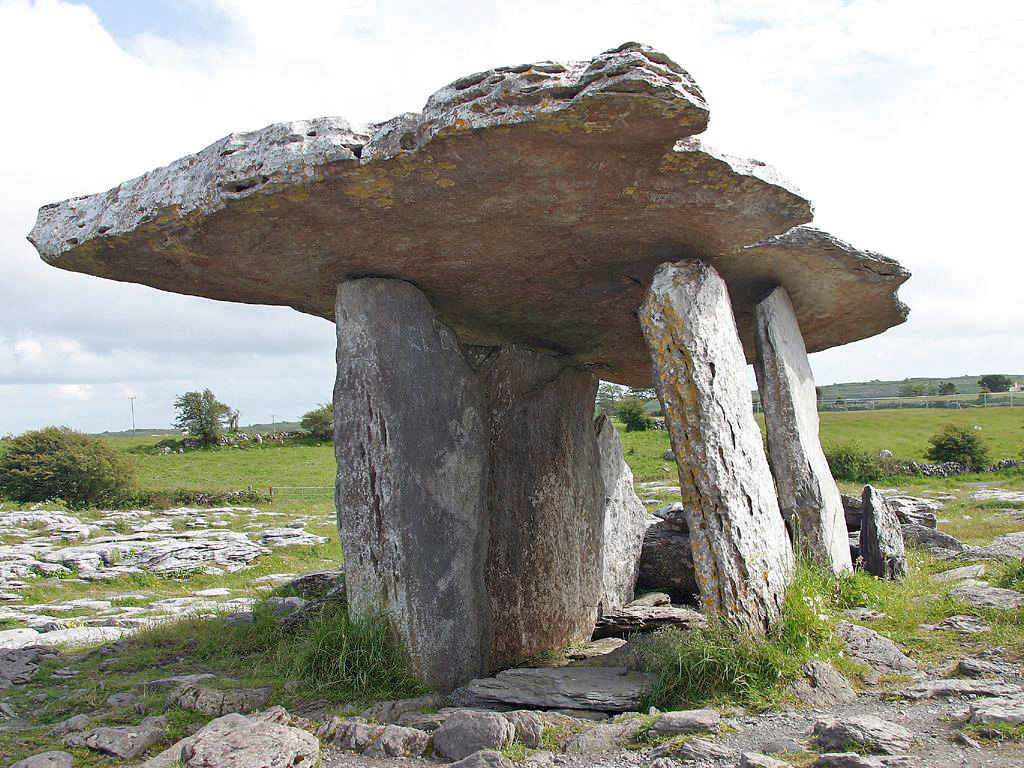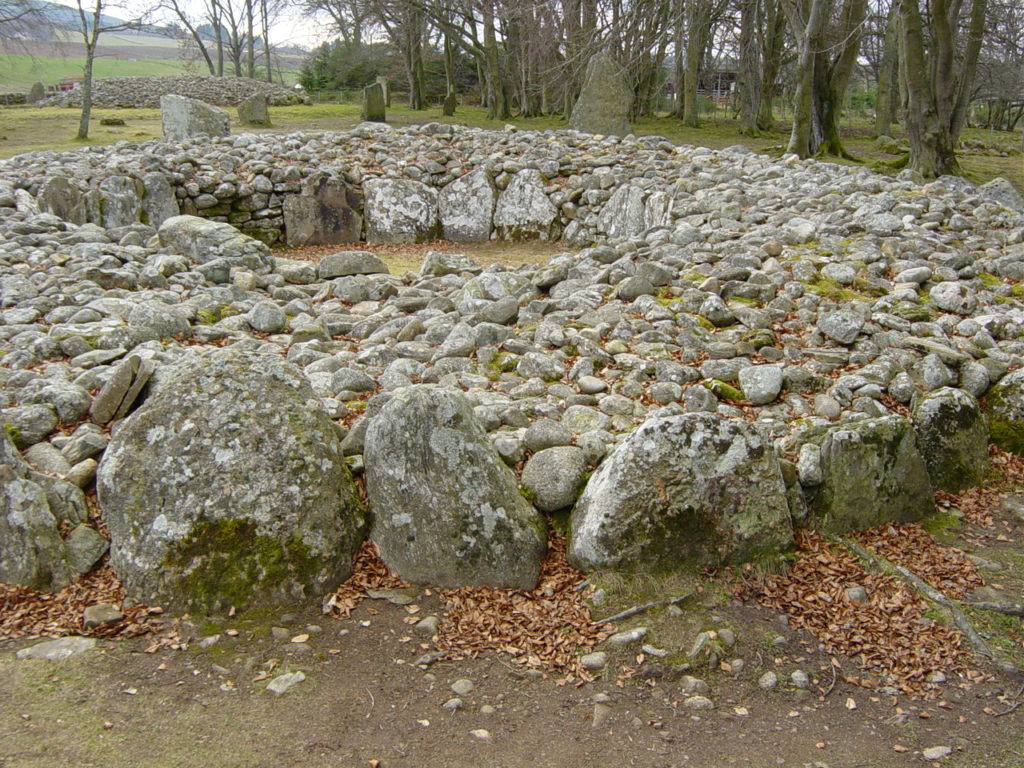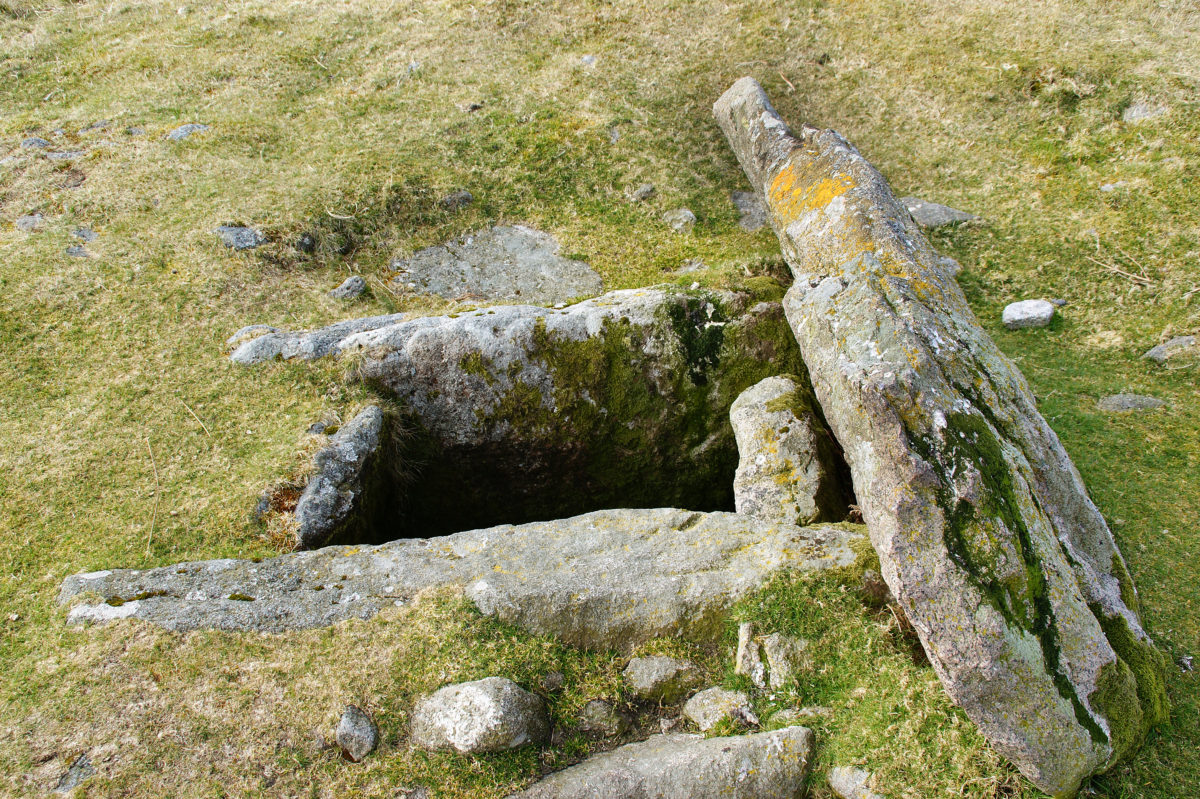I’ve been to many talks over the years about historical accuracy (fact) versus authenticity (feeling) within games, but fewer about practicalities of putting history into a game. I could talk about something like the Assassin’s Creed, Civilization, or Red Dead Redemption games here – games that are sold on their historical themes. But we’d be here all week looking at a fraction of the design choices behind any one of those titles. So, instead, I’ll talk about some of the decisions that have to be made when making a game that isn’t overtly history-themed but does contain history in itself, with a focus on Narrative and Level Design.
The examples below draw from a few different projects I’ve worked on, but let’s simplify things and imagine they’re all part of one game. This game is somewhere between a slice-of-life game and a role-playing game (RPG). It’s vaguely set in the modern day without being in a specific year, and it’s vaguely set around a Scottish coastal town without being a real place. The player character is customisable but has predefined relationships with non-player characters (NPCs). The core gameplay focuses on exploring the countryside, developing friendships, and rebuilding the local community.
Let’s start with that – why does the community need rebuilding? What’s already happened here and how does it impact the world now? We could just gloss over the history but the player will be spending a lot of time in this environment and we want it to have depth. We don’t have the luxury of this being a real place with a real history to simply recount, so we have to invent one. We can, however, look to real places for inspiration.
The art team has decided the main town includes lots of brightly-painted buildings and it looks great, but what’s the in-game explanation for how the town ended up like this? Perhaps we could look to the history of famously-colourful Portmeirion for cues, but we don’t want to say that our town was built in the 20th century. Tobermory is a better fit – an ancient coastal settlement that later received a deliberate overhaul to become a fishing port under the influence of a prolific engineer. We don’t need to use all of that, but introducing the legacy of a prolific architect may come in handy later.

What about the more recent history of our town and its environs? Perhaps we can draw on more recent history and issues in the UK–reduced public transport services, declining traditional industries, an ageing population, library closures, and so on–to explain the diminished state of our coastal town when the game begins (and maybe players will find extra depth in the narrative if they recognise these histories and draw parallels with their own experiences). This background could in turn provide material for quests as well as a medium to convey this crafted town history. The player could have to reopen the local library, seeking out lost books and artworks to restock it, and the library could then become a community space which triggers other in-game events.
Historic precedents or trends can narratively help to justify a variety of practical design choices in game development. For example, it’s common in RPG games to have monuments and points of interest for players to discover while out exploring, and they all handle this differently – many games either treat them as collectibles or hide treasure within them, but what are the actual monuments in the game? Assassin’s Creed Valhalla has a plethora of options despite its purported realism with named real-world sites, pagan altars, unusual natural formations, and improbably trap-riddled tombs. Our game world is more realistic in substance yet the landscape itself is more fictional, so our options are different – plus the art team has some great concept art that doesn’t fit in with the pseudo-Scotland setting!

A potential solution comes from history in the form of follies, which are the (usually) useless but decorative buildings you’ll often find in the gardens of great old houses. We’ve already decided that this town was shaped by a somewhat overzealous architect, so let’s say he also loved building follies to experiment with different architectural styles. Now we can justify an esoteric scattering of Greco-Roman temples and obelisks across our landscape. For further inspiration on points of interest we can also look to the long history of kistvaens, burial mounds, megaliths, and other ancient sites, as well as traditions like clootie wells and marker cairns, all of which present an opportunity to educate the player about the origins of the monument type whilst serving a practical function.


There’s tradition, too, in place names, which require some thought in an RPG world that’s just to the side of reality – especially if you want place names to feel authentic and perhaps even have meaning. One shortcut can be to use real place names, or variations on them, but these have to be assessed for associations. If you call a settlement in your game ‘Canterbury’ or a bridge ‘Tower Bridge’, people are going to draw parallels between that place and your in-game location, which you may or may not want. Naming something after an obscure patch of woodland in Lincolnshire or a rock formation in the Peak District could be less problematic, but in some cases it might actually be desirable to have recognisable names if you’ve drawn inspiration from those places or deliberately want to allude to them.
Creating your own names is an option that can be quite rewarding (and fun) as it lets you tailor the meaning of the name to fit the history of a place. Unless you follow the Fable school of simply naming places things like ‘Westcliff’ and ‘Brightwood’ this will likely involve some research into the etymology of place names (which may require more time than you have available). You also have to check whether you’ve inadvertently created a real place name, and decide whether or not it matters if so. Whichever option we go for our RPG may have dozens, if not hundreds, of place names, which will take time to choose and rigorous documentation to keep track of.

Moving on, the characters in our world have their own histories. A while back, I was working with a colleague on character backstories and had a conversation that went something like this:
“… so we’ll say that Archie’s romance with Florence never went anywhere because he had to leave the town for a while when he was a young man, and that when he came back she’d married someone else.”
“Great! Why did he leave, though? Do you think he went to fight in the war?”
A small suggestion about an incidental piece of backstory, which at first glance sounds perfectly reasonable, comes with a number of problematic follow-on questions. “The war”. Which war? If we’re talking about the Second World War then either Archie is 100+ years old (which he’s not meant to be) or our game is now set in the 1980-1990s (which doesn’t necessarily match the character designs, style, on in-game technology level). We’d also have to consider narratively incorporating the impact of something as substantial as World War 2, as well as in-world assets like war memorials. If we’re talking about anything post-World War 2, then we may avoid some of the problems above but now we have to commit to Archie being a professional soldier rather than a conscript, which doesn’t necessarily fit with the character we had in mind.
If we’re talking about a totally fictional war then we have to invent that, make it very clear that it’s fictional, explain it in enough detail to clarify that it’s fictional, negotiate any parallels with real-world conflicts, and potentially justify it in the context of a game which doesn’t otherwise reference real events outside of the game world. And if we don’t specify at all then players will make their own assumptions; we’ll lose some control of Archie’s characterisation and risk offending players with ensuing and unpredictable oversights. In truth, any of these options have a ripple effect across the tone of the game and tether it slightly closer to the real world.
So the answer is no, Archie did not fight in a war. Perhaps he was instead lost at sea for a few years.
“Next, are we putting a church in the graveyard, given that there’s no other overt religion in the game so far?”
And so the decisions continue.
Conversely, it can sometimes be useful to draw on historic events. Alongside an active railway line (for fast travel) we’ll include a disused railway line and stations in the landscape. This is largely for practical purposes—they’ll help the player to navigate, act as barriers to prevent players from accessing certain locations, provide points of interest, and could become routes to new areas if the game expands—but they also serve a worldbuilding function. Since a theme of the game is rebuilding the local community, a subtle reference to the Beeching Cuts (which closed ~5,000 miles of track and over 2,300 stations across the UK in the 1960s) isn’t out of place and could help to contextualise the game world.
Drawing parallels with real-world events, cultures, and styles in a fictional setting has to be treated with care and considered on a case-by-case basis, especially if real history isn’t the focus of your game. Some years ago I went to a convention talk about steampunk fashion where a panellist said something along the lines of “It’s great that in Steampunk you can wear a pith helmet and detach it from its colonial history…”. Suffice to say the speaker was thoroughly chewed out by the audience because no, you can’t just put something like that in a new setting and expect people to suddenly forget all its historic associations, and the same is true of historical figures, places, and events.
There are many ways to incorporate real history into a game that isn’t overtly about history, and in some cases it may be difficult to avoid references and allusions to it. Even a game based in pure fantasy may draw on real-world traditions, and it pays to keep this in mind when designing a game.
Sarah Cole has worked across the heritage and creative sectors for over a decade in roles including Game Designer, Narrative Designer, Writer, and Creative Technologist. Her best-known projects with her creative heritage consultancy, TIME/IMAGE, include the digital excavation of the British Council’s archive Film Collection and Poetic Places, an innovative geo-curation app made in collaboration with the British Library. Sarah’s work in games is usually under the banner of Patchwork Fez, and encompasses experimental personal videogames, boardgames, and RPGs, as well as client work. In 2020 she created the Woodsorrel Garden Gallery—a public art gallery within Animal Crossing. She also facilitates fringe games events, including Now Play This and Feral Vector, and runs her own annual event, Trick or Retreat. Sarah has most recently been working as Narrative Designer and Writer on in-development studio title Wholesome: Out and About.
